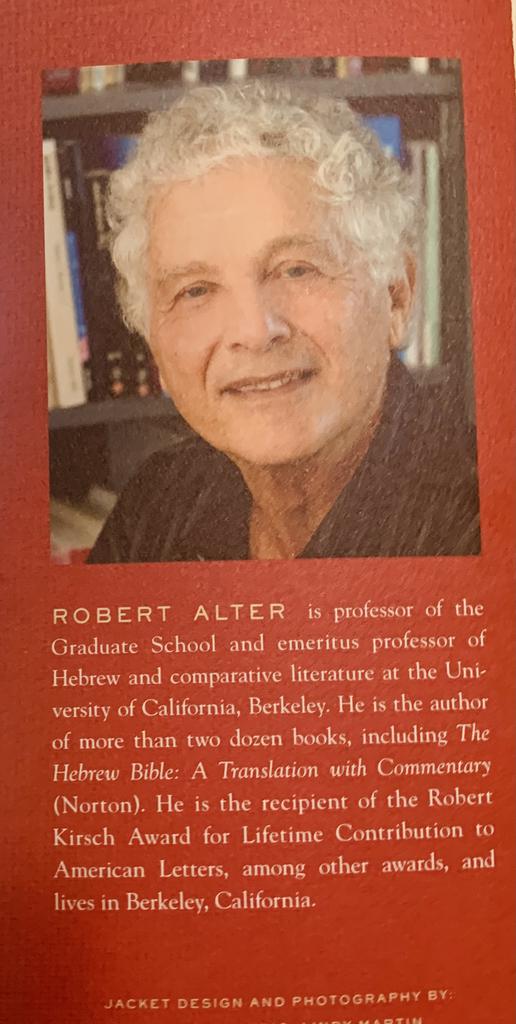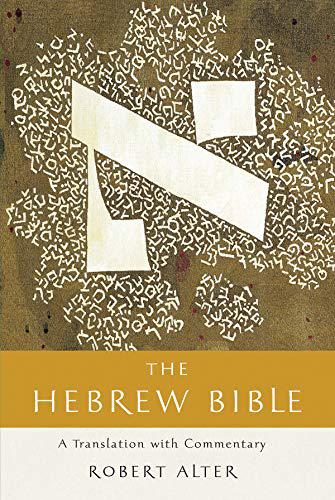

Alter Note 6:2 flame . "The literal sense is “place of burning” (though the translation “hearth” proposed by some modern scholars sounds altogether too domestic for a cultic setting). Stylistically, this entire passage about the burnt offering is dominated by terms related to burning, as if to focus the idea of a sacred fire that burns perpetually, coordinated with the sacrificial fire that entirely consumes the burnt offering. The word for burnt offering or holocaust, ʿolah , is not derived from a root that means “to burn” but rather from the verb “to go up,” which, however, is metonymically linked to burning by suggesting the idea that the whole sacrifice “goes up” in smoke. Fire and blood are the two substances that are the key to the sacrificial rites, but the present passage gives preeminence to the nexus between cult and fire—the element associated with God’s fiery epiphany at Sinai and with his first appearance to Moses in the burning bush. Hence an altar with a fire that “shall not go out.” "
Alter Note 34 . the breast . . . and the thigh .
"The same two portions of the animal are reserved for the Aaronides in the installation sacrifice about which instructions are given in Exodus 29:26–27. It is a token of how keenly the concrete details of these seemingly dry cultic passages were reflected on by later generations that Moses ibn Ezra (c. 1055–c. 1135) should wittily invoke these body parts in an erotic poem, transposing them from animal to woman, and proclaiming that he will take his due portion as did the priests of old. The ingenious allusion registers a sound exegetical understanding that the breast and the thigh are the choice parts. "
[MS: Jews of the Middle Ages in Spain created a whole literature of love poems and erotic images abound - a vast topic for scholars. See research and Sheets on Sefaria or many Jewish encyclopedias.]



